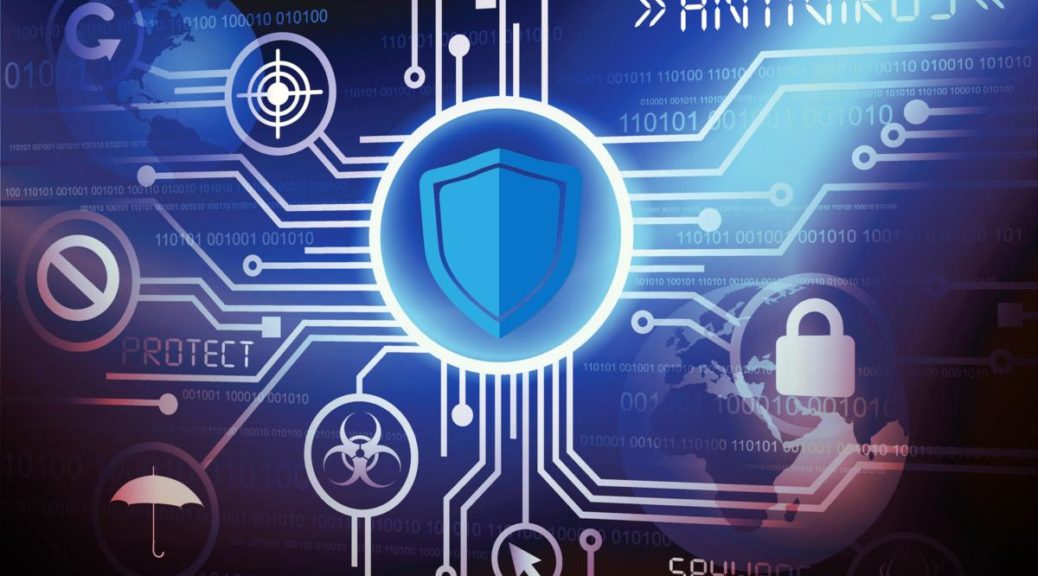During mergers and acquisitions, the process must be secure, efficient, and productive, which can be very difficult to do if outdated methods of document security and exchange are used. With the advent of virtual data rooms, business transactions have moved to a new level and now it is several times faster and more convenient to conduct transactions. VDRs provide both parties with secure access to the information they need and allow them to communicate even remotely. In this article, we will discuss the main features of VDRs that make them the safest way to conduct a transaction and how they help in various business aspects.
What is a Virtual Data Room (VDR)?
A virtual data room is a digitally secure space that is designed to store and share sensitive company information with investors, potential clients, or internally. Not only do business organizations use VDRs, but it is also widespread in medical, financial, and government institutions, as such programs provide reliable methods of protection.
VDR streamlines M&A processes. simplifies and automates many of them to help speed up the transaction process. Data rooms also have collaboration features and improved management features so your employees can work on various projects remotely.
8 key VDR features your company needs
Below we describe the key features of VDRs and outline how they work to help improve your company’s productivity:
- Convenience
VDR providers work hard to create an interface for their software to make it as accessible as possible to users of all levels of technology. Also, VDR supports any device and operating system so you can log in anywhere, anytime, you don’t even always need the internet, because if you want to view any files they are available offline as well. And when you connect to the Internet, all the data is quickly synced and you see the space with all the updates that have had time to occur while you’ve been away.
It will take you minimal time to download and organize the data inside the space because most VDRs offer mass upload and drag-and-drop features, support for many file types, and simple methods for setting up a data room.
- Security
VDR providers understand how security is important to any formal organization. That’s why confidentiality comes first for them. VDRs use strong security protocols and certificates, data encryption, and sophisticated authentication. All of these features help protect against data breaches that could threaten your reputation and money.
Data rooms also use additional methods of protection within the program itself, such as document access control and activity tracking. The administrator controls which functions a user can perform on a document and can also monitor the actions of other users within the document.
- Cross functionality
Many companies only use VDR for due diligence, but this way they only reveal some of its capabilities, as it can help you throughout the entire transaction process. VDR uses those features to make the transaction process more efficient:
- Automatic Notifications – you will be instantly notified by SMS if a user leaves a question or comment within VDR
- The ability to create and manage multiple data rooms
- Customizable VDR configuration
- Ability to archive all transaction materials to support retrospective analysis
And much more.
- Integrated document management
Integrating VDR with other programs helps you edit, leave notes, use Excel spreadsheets or other materials without leaving the virtual room. That way you won’t get lost in tabs and you’ll always be in order. In addition, it is convenient and saves time.

